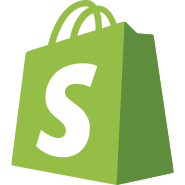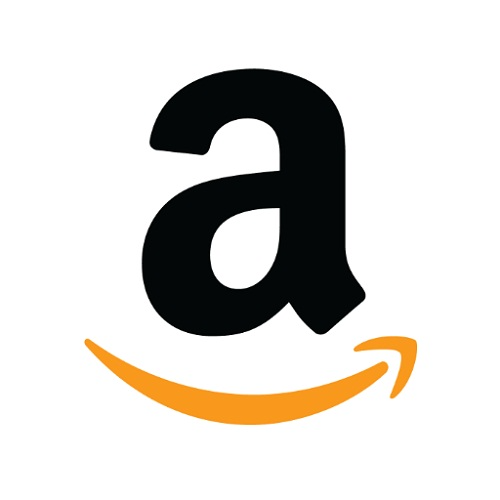How We Grew Our Weighted Blanket Product To $250K/Month
Hello! Who are you and what business did you start?
Hi! I’m Robin and I’m one of the co-founders of the Luna weighted blanket which uses the science of deep pressure stimulation to help sensory disorders, anxiety, stress and insomnia.
What started out as a passion project in 2017 has now turned into a thriving business where we’ve already tripled our revenue from last year and are averaging $250K in revenue per month. We expect this number to increase 2-3X in the following months.

What's your backstory and how did you come up with the idea?
I’m a Dallas native and came up to the east coast to attend college at Cornell. I got my start in real estate/finance straight out of college, and am currently at a hedge fund in New York City (expected to quit this month).

Download the report and join our email newsletter packed with business ideas and money-making opportunities, backed by real-life case studies.

Download the report and join our email newsletter packed with business ideas and money-making opportunities, backed by real-life case studies.

Download the report and join our email newsletter packed with business ideas and money-making opportunities, backed by real-life case studies.

Download the report and join our email newsletter packed with business ideas and money-making opportunities, backed by real-life case studies.

Download the report and join our email newsletter packed with business ideas and money-making opportunities, backed by real-life case studies.

Download the report and join our email newsletter packed with business ideas and money-making opportunities, backed by real-life case studies.

Download the report and join our email newsletter packed with business ideas and money-making opportunities, backed by real-life case studies.

Download the report and join our email newsletter packed with business ideas and money-making opportunities, backed by real-life case studies.













